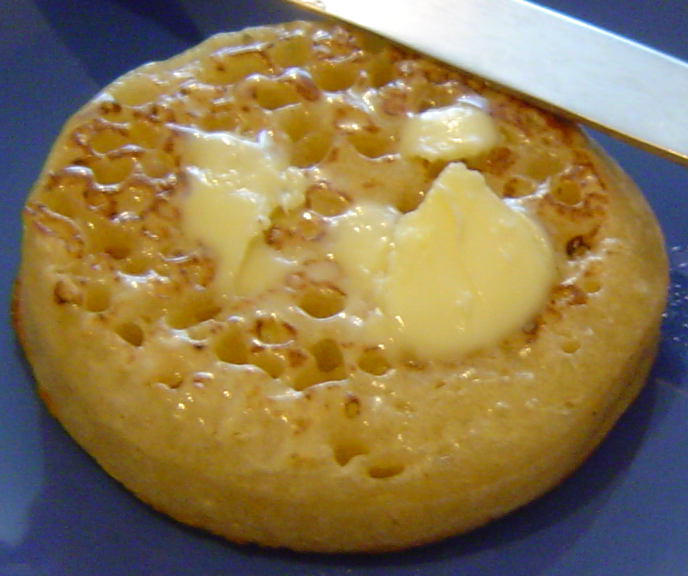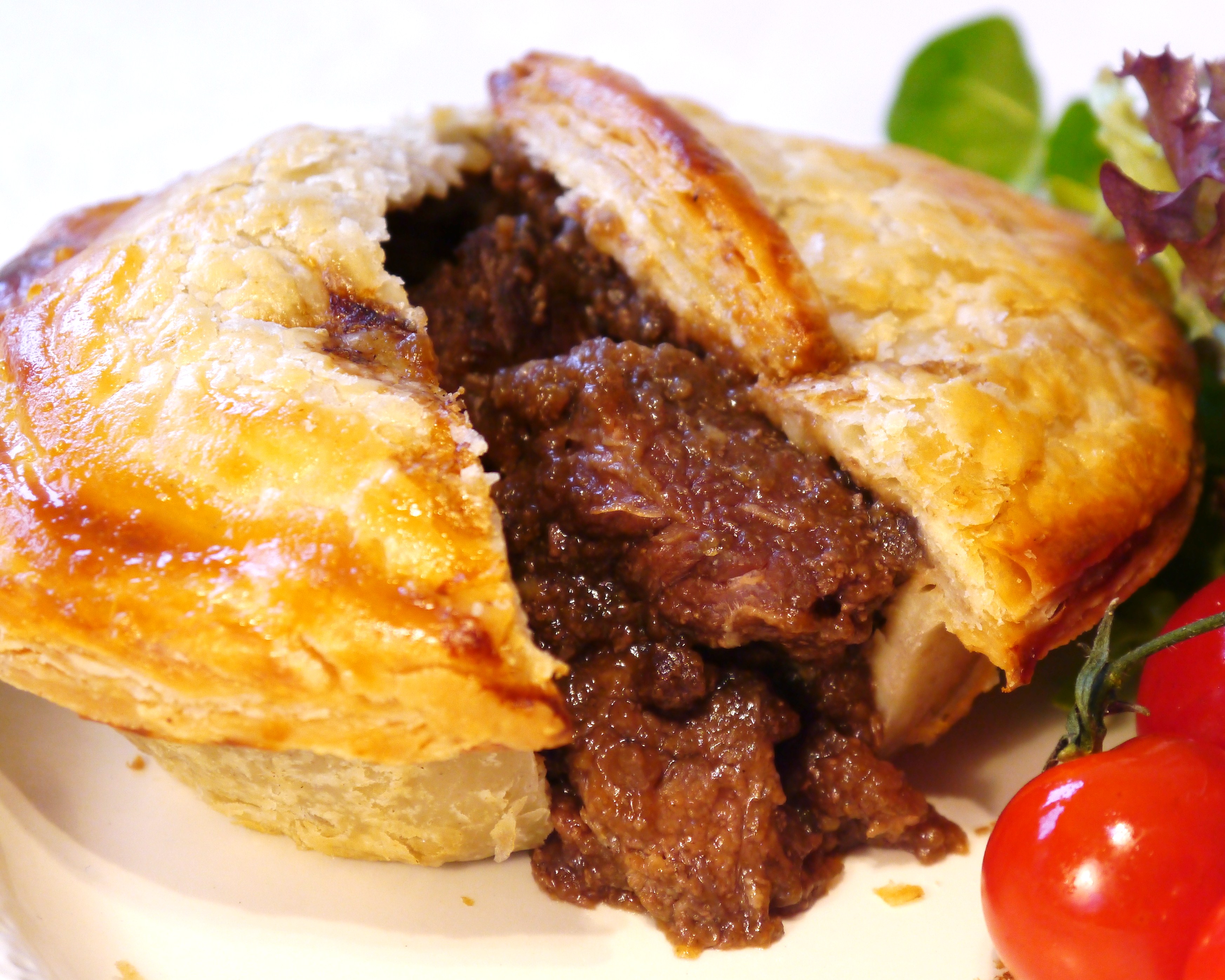Suitable for pre-intermediate CEFR B1+
#BritishCuisine #BritishFood #UKFood #BritishCulture #LifeintheUK #LIUK
Activity 1
Look up the meaning of new vocabulary before reading.
It's probably fair to say that British food does not have the best reputation. At least, in all the years I've greeted international students at summer schools in the UK I've never heard anyone mention that they wanted to come to the UK to sample the Great British cuisine! British food is often described as plain, tasteless and bland, but I happen to think this is mostly down to bad cooking and not the cuisine itself.
Fish and chips and Cornish cream teas are undoubtedly the most famous British traditions, but there are many more scrumptious regional dishes packed into the British Isles, so here are my top 10 traditional British foods you probably haven't heard of before.

These classic British breakfast patties are made from mashed potatoes and cabbage or other vegetables left over from a Sunday roast dinner. They are usually pan-fried and served with eggs.

You're probably familiar with a full English breakfast. The Ulster fry is a variation of this from Northern Ireland that is traditionally served with black pudding, white pudding and soda bread. Black pudding is a rich sausage made with beef suet or pork fat and pork blood, and white pudding is a similar sausage made without the blood.

The humble Cornish pasty is a popular lunchtime dish that can be traced back to the tin mining industry in Cornwall in the 1200s. In those days the miners' wives would pack minced meat and vegetables inside a thick shortcrust pastry sealed with a crimped or twisted edge. Modern pasties are available in many different flavours, including cheese and onion and chicken tikka masala (another British favourite adopted from India in the 1900s).

This is a bit like fancy cheese on toast. It's made by making a thick cheese sauce with English Cheddar and a strong ale or stout beer. These ingredients are usually combined with melted butter, flour, English mustard and Worcestershire sauce and grilled on thick-cut toasted granary bread.
Historically, cheese was a popular and much cheaper source of protein during the 18th Century when meat was considered a luxury. It was often served as a main meal with leek and potato soup. Nowadays it is also served as a trendy appetizer on its own or with an egg on top (known as a buck rabbit) or alongside tomato soup (known as a blushing bunny).

Originating from Yorkshire in the 1900s, the scotch egg consisted of a hard boiled egg that was coated in creamy fish paste and rolled in breadcrumbs. Modern scotched eggs are wrapped in a layer of roughly minced sausage meat rather than fish paste and either baked or deep-fried. Scotched eggs are often included in a traditional 'ploughman's lunch' of cold meats, bread, English cheddar cheese and pickle.

Haggis is a traditional Scottish savoury pudding made with sheep's heart, liver and lungs mixed with suet, oatmeal, minced onion and spices. The mixture is traditionally cooked inside the sheep's stomach, though it is also sometimes now made with artifical casing. Haggis, neaps and tatties (haggis, turnips and potatoes) is widely considered the national dish of Scotland.

This English batter pudding made with sausages dates back as early as 1762, when it was described as having a rather vulgar name. It was developed as a filling family recipe for poorer households that would make the best of a small amount of meat. It is still widely served across the UK today, typically with mashed potatoes, onion gravy and seasonal vegetables.

Crumpets were first made by the Anglo-Saxons in England, Wales and Ireland in the 1600s. They are a thick type of pancake made with an unsweetened batter of water, milk, flour and yeast that is poured into a crumpet ring and cooked on one side, which gives them a distinctive spongy texture. Crumpets are a common breakfast food across the UK today, but they are also eaten for brunch or in the afternoon as a snack. They are usually served with butter and a cup of English breakfast tea.

This delicious recipe first appeared in 1861 and is thought to have originally come from Sussex in England. Beef steak and kidney meat is roughly chopped, mixed with gravy stock and sealed within a casing of suet pastry. The kidney gives the tender meat a distinctive flavour that is best served with mashed potatoes and seasonal vegetables. Modern versions are also commonly served with chips (thick-cut potato fries).

Roast beef and Yorkshire pudding is an iconic British dish, but Yorkshire puddings are a versatile and popular English side dish that can be served many different ways. Made with a batter of flour, eggs, milk, water and salt, the perfect Yorkshire is puffed with air and crisp on top, with a deliciously soft and squidgy bottom. You may have noticed that the ingredients for Yorkshire pudding are very similar to those of pancakes, but the unusual texture of the Yorkshire pudding can only be achieved by adding the batter to very hot oil.
Originally invented as a cheap and economical stomach-filler for working class families, the distinctive shape makes them perfect to fill with gravy and stuffing or sausages, as with Toad in the Hole. Leftover Yorkshire puddings are also sometimes filled with jam or served alongside an English breakfast with beans or tomatoes. Yorkshire pudding wraps with a choice of sweet and savoury fillings have also emerged in recent years as a contemporary street food trend at festivals and markets.
Activity 2
Make your own sentences to describe your favourite cuisine or cuisine from your country.
Activity 3
What do you think about British cuisine? Have you heard about the dishes in this article? Which ones would you like to try?
#BritishCuisine #BritishFood #UKFood #BritishCulture #LifeintheUK #LIUK
Activity 1
Look up the meaning of new vocabulary before reading.
It's probably fair to say that British food does not have the best reputation. At least, in all the years I've greeted international students at summer schools in the UK I've never heard anyone mention that they wanted to come to the UK to sample the Great British cuisine! British food is often described as plain, tasteless and bland, but I happen to think this is mostly down to bad cooking and not the cuisine itself.
Fish and chips and Cornish cream teas are undoubtedly the most famous British traditions, but there are many more scrumptious regional dishes packed into the British Isles, so here are my top 10 traditional British foods you probably haven't heard of before.
10. Bubble and Squeak

These classic British breakfast patties are made from mashed potatoes and cabbage or other vegetables left over from a Sunday roast dinner. They are usually pan-fried and served with eggs.
9. Ulster Fry

You're probably familiar with a full English breakfast. The Ulster fry is a variation of this from Northern Ireland that is traditionally served with black pudding, white pudding and soda bread. Black pudding is a rich sausage made with beef suet or pork fat and pork blood, and white pudding is a similar sausage made without the blood.
8. Cornish Pasty

The humble Cornish pasty is a popular lunchtime dish that can be traced back to the tin mining industry in Cornwall in the 1200s. In those days the miners' wives would pack minced meat and vegetables inside a thick shortcrust pastry sealed with a crimped or twisted edge. Modern pasties are available in many different flavours, including cheese and onion and chicken tikka masala (another British favourite adopted from India in the 1900s).
7. Welsh Rarebit

This is a bit like fancy cheese on toast. It's made by making a thick cheese sauce with English Cheddar and a strong ale or stout beer. These ingredients are usually combined with melted butter, flour, English mustard and Worcestershire sauce and grilled on thick-cut toasted granary bread.
Historically, cheese was a popular and much cheaper source of protein during the 18th Century when meat was considered a luxury. It was often served as a main meal with leek and potato soup. Nowadays it is also served as a trendy appetizer on its own or with an egg on top (known as a buck rabbit) or alongside tomato soup (known as a blushing bunny).
6. Scotch Egg

Originating from Yorkshire in the 1900s, the scotch egg consisted of a hard boiled egg that was coated in creamy fish paste and rolled in breadcrumbs. Modern scotched eggs are wrapped in a layer of roughly minced sausage meat rather than fish paste and either baked or deep-fried. Scotched eggs are often included in a traditional 'ploughman's lunch' of cold meats, bread, English cheddar cheese and pickle.
5. Haggis

Haggis is a traditional Scottish savoury pudding made with sheep's heart, liver and lungs mixed with suet, oatmeal, minced onion and spices. The mixture is traditionally cooked inside the sheep's stomach, though it is also sometimes now made with artifical casing. Haggis, neaps and tatties (haggis, turnips and potatoes) is widely considered the national dish of Scotland.
4. Toad in the Hole

This English batter pudding made with sausages dates back as early as 1762, when it was described as having a rather vulgar name. It was developed as a filling family recipe for poorer households that would make the best of a small amount of meat. It is still widely served across the UK today, typically with mashed potatoes, onion gravy and seasonal vegetables.
3. Crumpets

Crumpets were first made by the Anglo-Saxons in England, Wales and Ireland in the 1600s. They are a thick type of pancake made with an unsweetened batter of water, milk, flour and yeast that is poured into a crumpet ring and cooked on one side, which gives them a distinctive spongy texture. Crumpets are a common breakfast food across the UK today, but they are also eaten for brunch or in the afternoon as a snack. They are usually served with butter and a cup of English breakfast tea.
2. Steak and Kidney Pie
This delicious recipe first appeared in 1861 and is thought to have originally come from Sussex in England. Beef steak and kidney meat is roughly chopped, mixed with gravy stock and sealed within a casing of suet pastry. The kidney gives the tender meat a distinctive flavour that is best served with mashed potatoes and seasonal vegetables. Modern versions are also commonly served with chips (thick-cut potato fries).
1. Yorkshire Pudding

Roast beef and Yorkshire pudding is an iconic British dish, but Yorkshire puddings are a versatile and popular English side dish that can be served many different ways. Made with a batter of flour, eggs, milk, water and salt, the perfect Yorkshire is puffed with air and crisp on top, with a deliciously soft and squidgy bottom. You may have noticed that the ingredients for Yorkshire pudding are very similar to those of pancakes, but the unusual texture of the Yorkshire pudding can only be achieved by adding the batter to very hot oil.
Originally invented as a cheap and economical stomach-filler for working class families, the distinctive shape makes them perfect to fill with gravy and stuffing or sausages, as with Toad in the Hole. Leftover Yorkshire puddings are also sometimes filled with jam or served alongside an English breakfast with beans or tomatoes. Yorkshire pudding wraps with a choice of sweet and savoury fillings have also emerged in recent years as a contemporary street food trend at festivals and markets.
Activity 2
Make your own sentences to describe your favourite cuisine or cuisine from your country.
Activity 3
What do you think about British cuisine? Have you heard about the dishes in this article? Which ones would you like to try?


No comments:
Post a Comment